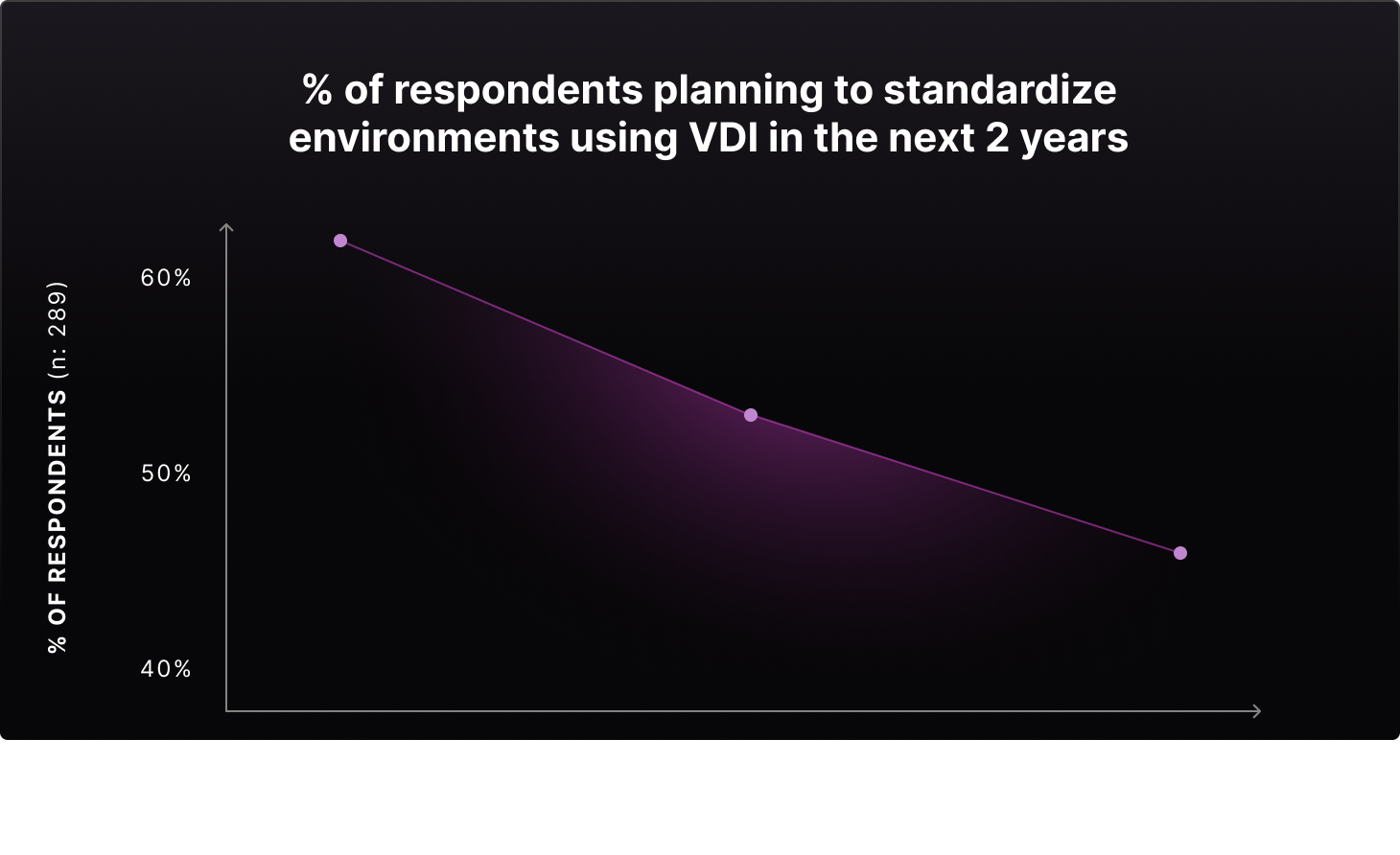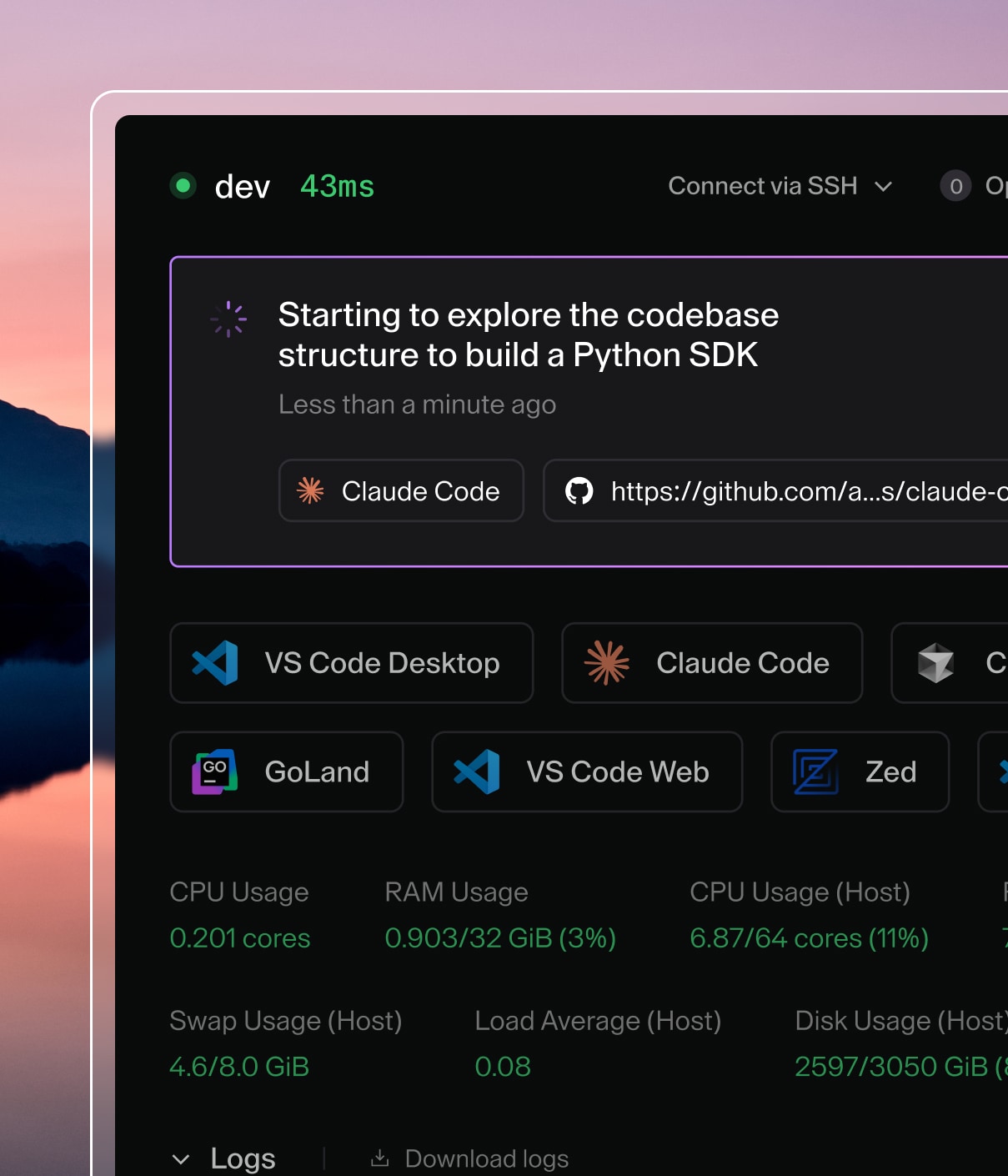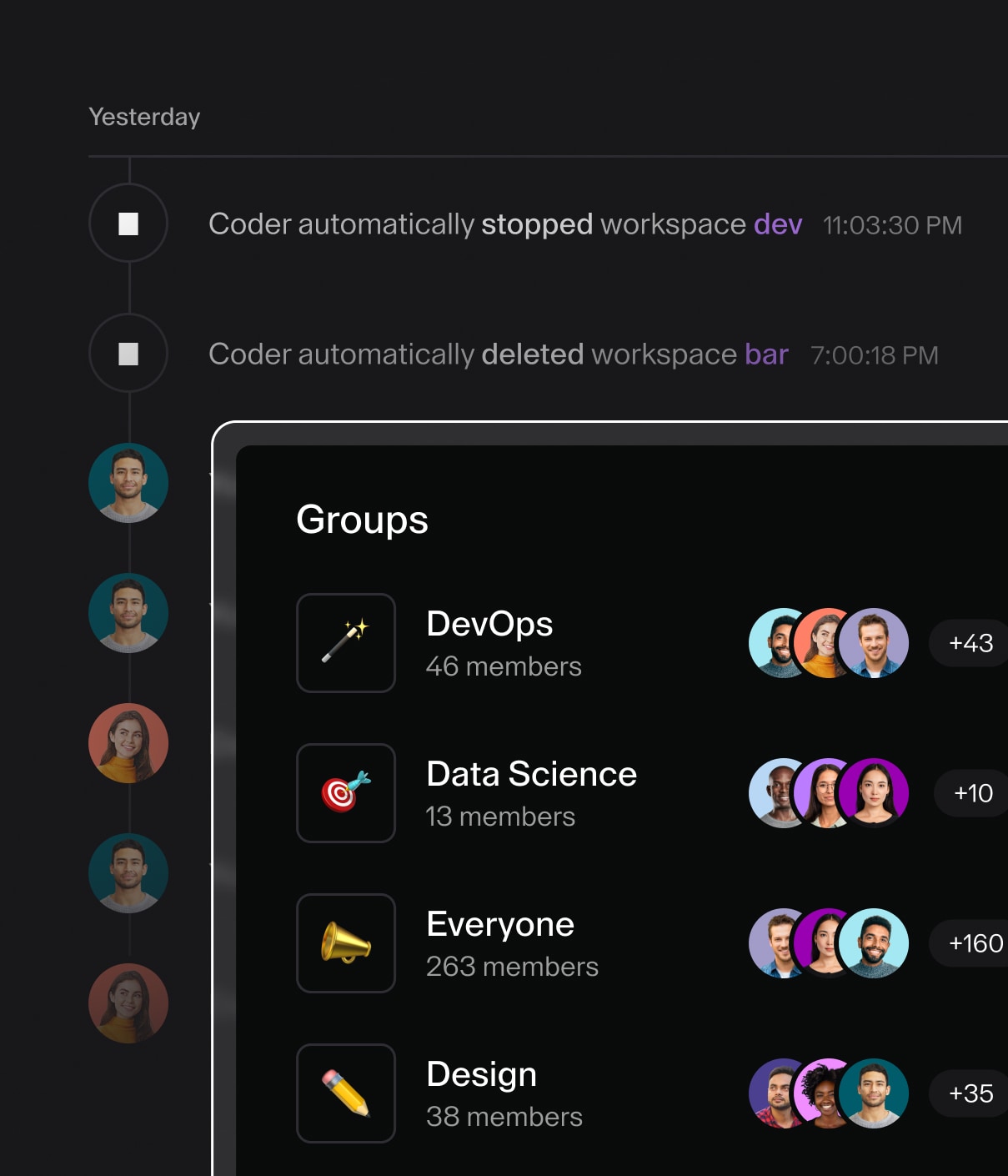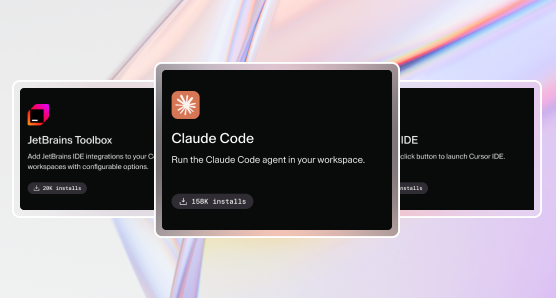A Year of Reckoning for Virtually (Unaffordable) Desktop Infrastructure

If you’re using VDI solutions like Citrix or VMware, 2025 is shaping up to be a year of reckoning. The renewal prices some enterprises are seeing are utterly astonishing, and for many, it’s driving them to explore alternatives they might not have considered otherwise.
Let’s address the obvious: yes, we offer a modern alternative to VDI for developers. And no, it’s not lost on us that this could land as a self-serving blog post. But let’s be clear—this isn’t about stirring up fear, uncertainty, or doubt. In fact, this is about proactively avoiding it.
This is a candid observation of what we’ve seen in the VDI landscape, particularly as we’ve worked with enterprises—highly regulated ones—in North America, Europe, and Asia. These organizations, many Global 2000 giants, face significant headwinds with VDI.
It’s not just the usual complaints about usability, administration, or management overhead. It’s the astronomical costs—escalating at rates so extreme they make you wonder if the decimal point was misplaced…twice.
What’s Happening With VDI Costs?
Recently, Citrix, one of the largest VDI providers, was acquired by Cloud Software Group. VMware faced a similar fate a year prior when they were acquired by Broadcom. It’s no secret that companies acquired by Cloud Software Group and Broadcom rarely thrive after these acquisitions.
It’s a common play for big, legacy tech companies to pump their prices to offensive levels as they approach their twilight years. What is there to lose? And, when you look at the recent behaviors of major VDI providers alongside their acquisitions, you can draw your own conclusions about their long-term intentions.
Recent anecdotal feedback from our customers and prospects proves that Citrix has been increasing licensing costs—sometimes by 50% or more—with as little as 90 days’ notice before renewal. That might seem mild compared to VMware customers, some of whom have faced price hikes reaching thousands of percent.
For large enterprises with tens or even hundreds of thousands of VDI users, such short notice leaves little time to evaluate alternatives, negotiate terms, or avoid major disruptions. Just over a year ago, Forrester projected that more than 20% of VMware’s VDI customers would seek alternatives. Based on what we’ve seen, that’s a good start.
What the Data Tells Us
Interestingly, this pattern aligns with findings in our recent State of Development Environments Report. Of the enterprises still planning to standardize their development environments using VDI, 63% plan to implement it within the next one to two years. However, when you narrow that window to within 0–6 months of implementation, that percentage drops to less than 50%.

Why the shift? It suggests that as organizations get closer to implementation, they uncover the pitfalls and drawbacks of VDI—including rising costs, performance issues, and administrative challenges—and ultimately decide against it.
For companies still weighing their options, this underscores the importance of thoroughly evaluating VDI not just in theory but in practice. A small pilot with a select group of developers could save a big headache. Many enterprises discover too late that VDI isn’t the right fit for their developers, and by then, the window to act has closed.
Why This Matters for Enterprises
This isn’t just about the major VDI providers or their inflated fees. It’s about understanding the broader risks of relying on legacy VDI solutions in a rapidly changing landscape:
- Unpredictable costs - Enterprises are blindsided by sudden price hikes, leaving them little time to evaluate alternatives (no doubt, by design).
- Viability concerns - The extreme and widespread actions of big VDI providers raise questions about the long-term intentions for a technology that’s over 20 years old.
- Performance limitations - Legacy VDI fails to meet the requirements of modern developers, with issues like latency, compatibility challenges, and resource inefficiencies impeding productivity.
The consequences of these problems aren’t hypothetical.
One of our customers—a massive Wall Street financial institution with a reputation for caution and long decision cycles—received their 2024 end-of-year renewal quote from their VDI provider in September. The price increase was so unbelievable that, by the start of 2025, they had completely overhauled their stack. They ripped and replaced their virtual desktop infrastructure with Kubernetes and built a brand-new development platform.
For an organization of their size, this kind of rip-and-replace decision, executed on such a tight timeline, is practically unheard of. It speaks volumes about just how unsustainable VDI pricing has become for even the most established enterprises.
Don’t Find Out the Hard Way
Pay close attention to the terms of your contracts. Don’t wait until the last minute to evaluate alternatives. In fact, if you haven’t renewed recently, now might be a great time to drop your rep a line and proactively find out what’s in store for your VDI costs through 2026 and beyond.
We’ve seen enterprises pivot to modern solutions like cloud development environments that offer a better developer experience and lower total cost of ownership without sacrificing the time-tested security and governance of VDI. But making the switch requires planning, and planning takes time.
Work Ahead
VDI has become an institution in many enterprise settings. However, if you’re currently using VDI at scale, think critically about the long-term implications. The rising costs, management overhead, and performance issues that come with VDI are becoming harder to ignore.
The best thing you can do is stay informed and start exploring your options early. Whether that means sticking with VDI, transitioning to a modern CDE, or finding a hybrid approach, the key is to avoid being caught flat-footed.
If you’d like to learn more about modern alternatives to VDI—or just want to share your experiences—we’re here to chat.
Subscribe to our newsletter
Want to stay up to date on all things Coder? Subscribe to our monthly newsletter and be the first to know when we release new things!


